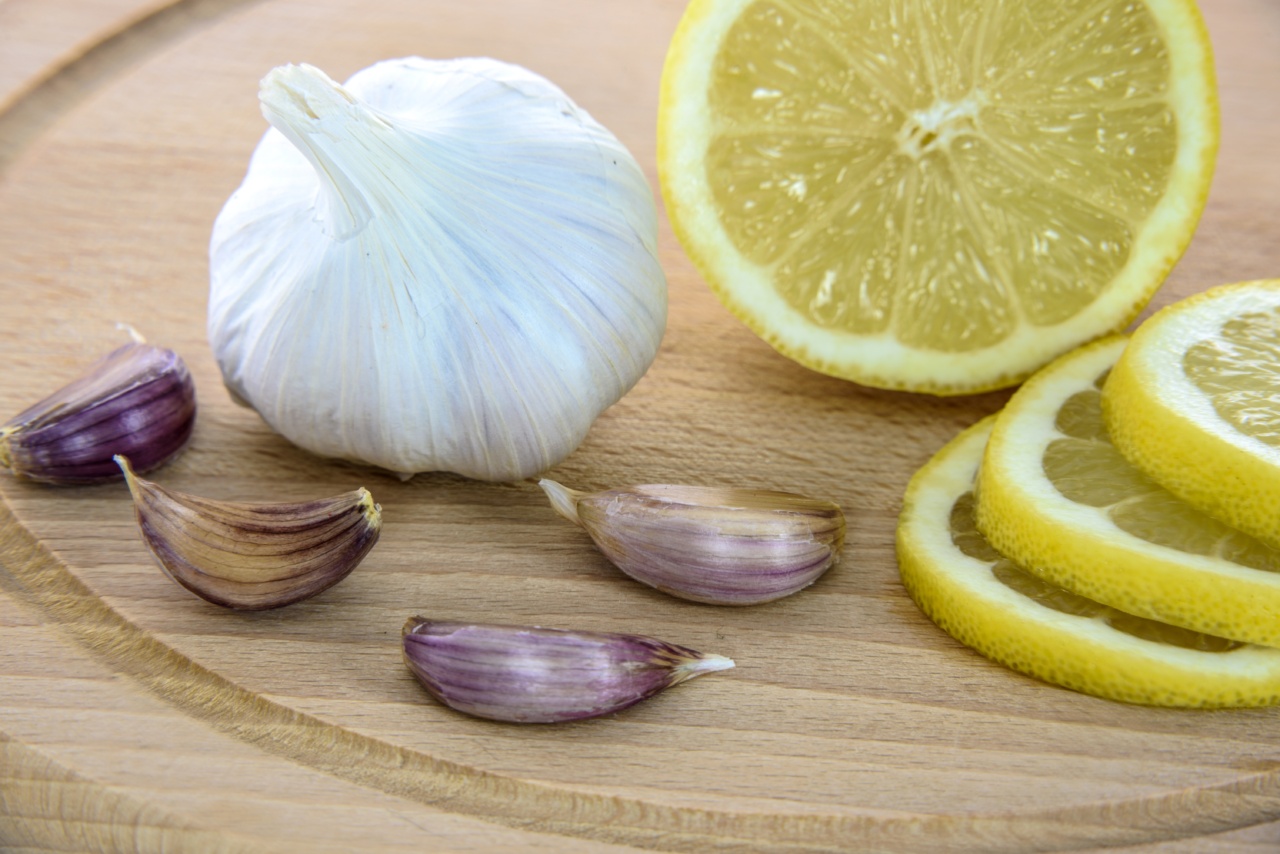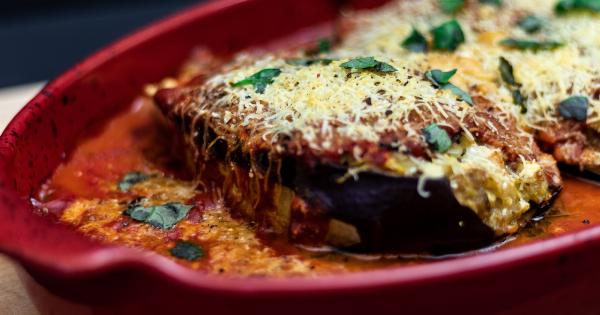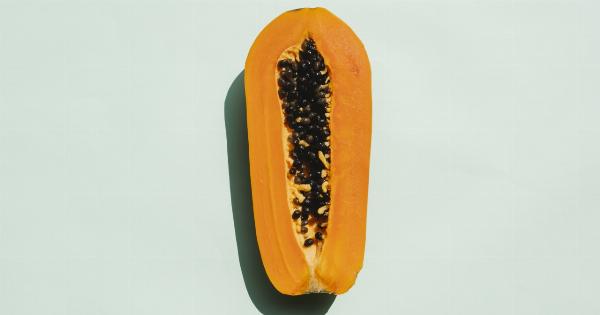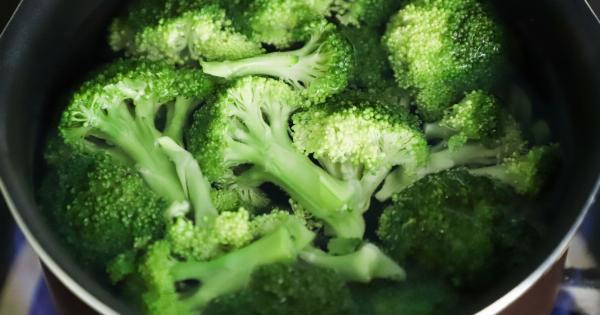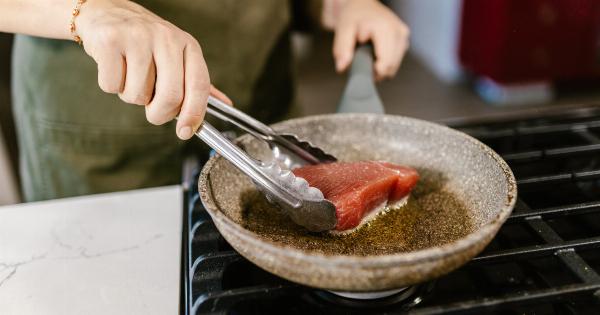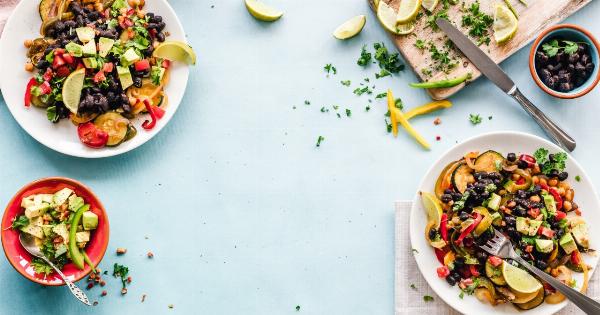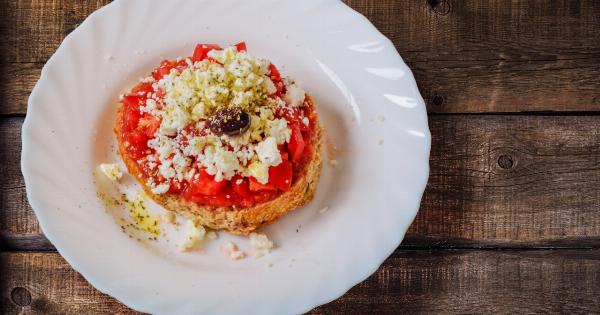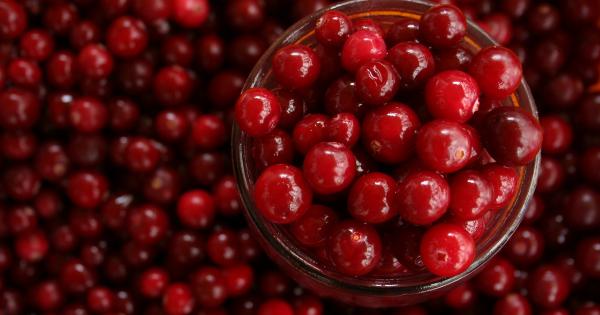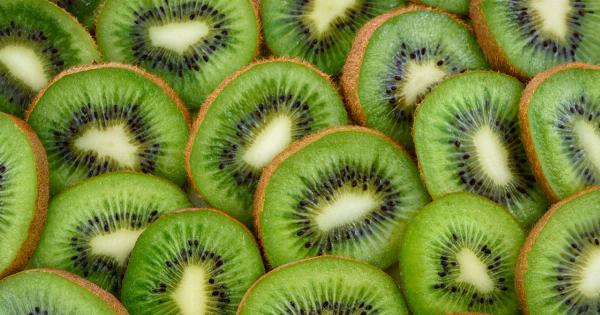Cooking plays a significant role in our daily lives, not only for enhancing the taste and flavor of our meals but also for its impact on the nutritional value of the ingredients we use.
Vegetables, in particular, are an essential part of a healthy diet, providing various vitamins, minerals, and dietary fiber. However, did you know that the antioxidant content of vegetables can be influenced by the way we cook them? In this article, we will explore different cooking methods and their effects on enhancing the antioxidant content of vegetables.
Understanding Antioxidants and their Importance
Before delving into the topic of enhancing antioxidant content through cooking, it’s crucial to understand what antioxidants are and why they are important for our health.
Antioxidants are compounds that help protect our bodies from harmful molecules called free radicals. Free radicals can cause oxidative stress, which has been linked to various chronic diseases such as heart disease, cancer, and neurodegenerative disorders.
Antioxidants act by neutralizing and stabilizing free radicals, preventing them from causing damage to our cells. They are commonly found in fruits, vegetables, and other plant-based foods.
Some of the well-known antioxidants include vitamins C and E, beta-carotene, and various phytochemicals.
The Impact of Cooking on Antioxidants
Cooking is known to alter the nutrient composition of foods, including the antioxidant content. While some antioxidants are heat-stable and remain unaffected by cooking, others can be sensitive to heat, pH changes, and exposure to oxygen.
The degree of impact varies depending on the specific cooking method employed.
Boiling and Antioxidant Preservation
Boiling is one of the most common cooking methods, but it may not always be ideal for preserving antioxidants in vegetables. Water-soluble antioxidants, such as vitamin C and certain phytochemicals, can leach out into the cooking water.
To minimize antioxidant loss, it is recommended to use minimal water and avoid overcooking vegetables when boiling. Additionally, using the remaining cooking water in soups or sauces can help retain some of the lost antioxidants.
Steaming for Optimal Antioxidant Retention
Steaming is widely considered one of the best cooking methods for preserving the antioxidant content of vegetables. Unlike boiling, steaming allows the vegetables to retain their nutrients since they are not in direct contact with water.
The heat from steam helps break down the cell walls, making it easier for our bodies to absorb antioxidants. Steaming vegetables until they are just tender ensures that they retain the maximum amount of antioxidants.
Sautéing and Stir-Frying: Quick and Flavorful
Sautéing and stir-frying involve high heat and short cooking times, making them popular methods for preserving the color, texture, and flavor of vegetables.
When it comes to antioxidants, these methods can either be advantageous or detrimental, depending on the specific vegetable and the cooking duration. Some antioxidants can be maintained or even enhanced during sautéing and stir-frying, while others may degrade due to high heat exposure. Gentle heat, fast cooking, and minimal oil usage are recommended to maximize antioxidant retention.
Oven Roasting for Concentrated Flavors
Oven roasting provides a unique flavor profile to vegetables, often resulting in natural caramelization and intensified flavors. This method can also enhance the antioxidant content of certain vegetables.
The dry heat of the oven helps remove moisture from the vegetables, concentrating the flavors and preserving antioxidants. Roasting vegetables at a moderate temperature for a shorter time is ideal for retaining antioxidants.
Grilling and Antioxidant Preservation
Grilling vegetables over an open flame can impart a delicious smoky flavor, but it may lead to some antioxidant loss.
The high heat and direct contact with flames can cause charring, which is associated with the production of potentially harmful substances. To minimize antioxidant loss during grilling, it is recommended to marinate vegetables with herbs, spices, and acidic ingredients before cooking. This step can help reduce the formation of harmful compounds and retain the antioxidant content.
Microwaving: A Quick and Nutrient-Friendly Method
Microwaving is a convenient and time-saving cooking method that can preserve the antioxidant content of vegetables. This method uses short bursts of high-frequency waves to cook the food efficiently.
Microwaving can help retain more antioxidants compared to other cooking methods since it requires minimal water and cooking time. However, be cautious not to overcook as prolonged microwaving can lead to nutrient losses.
Combining Cooking Techniques for Antioxidant-Rich Meals
While each cooking method has its pros and cons in terms of antioxidant preservation, a combination of techniques can be utilized to create diverse and nutrient-rich meals.
For example, parboiling vegetables before incorporating them into stir-fries or using the cooking water from boiling to make nutrient-packed sauces can help maintain the antioxidant content. Experimenting with different cooking methods can provide a range of flavors and textures while ensuring a higher intake of antioxidants.
Conclusion
Cooking plays a vital role in determining the antioxidant content of vegetables. While some cooking methods may lead to the loss of antioxidants, others can enhance and preserve their levels.
For optimal antioxidant retention, steaming and microwaving are recommended, as they minimize nutrient losses due to water exposure. Sautéing, stir-frying, and oven roasting can also be beneficial when done properly.
By understanding the impact of various cooking methods on antioxidants, we can make informed decisions about how to prepare our vegetables to maximize their nutritional value.
